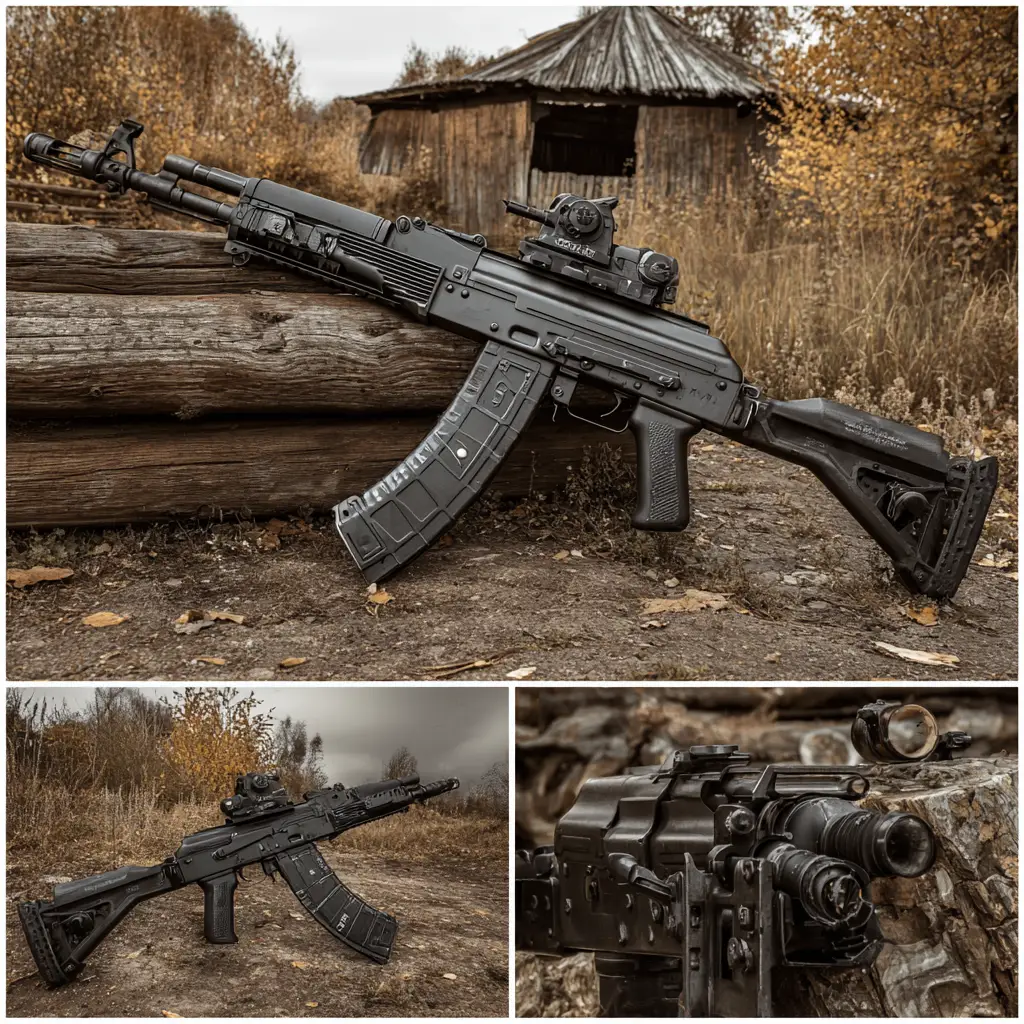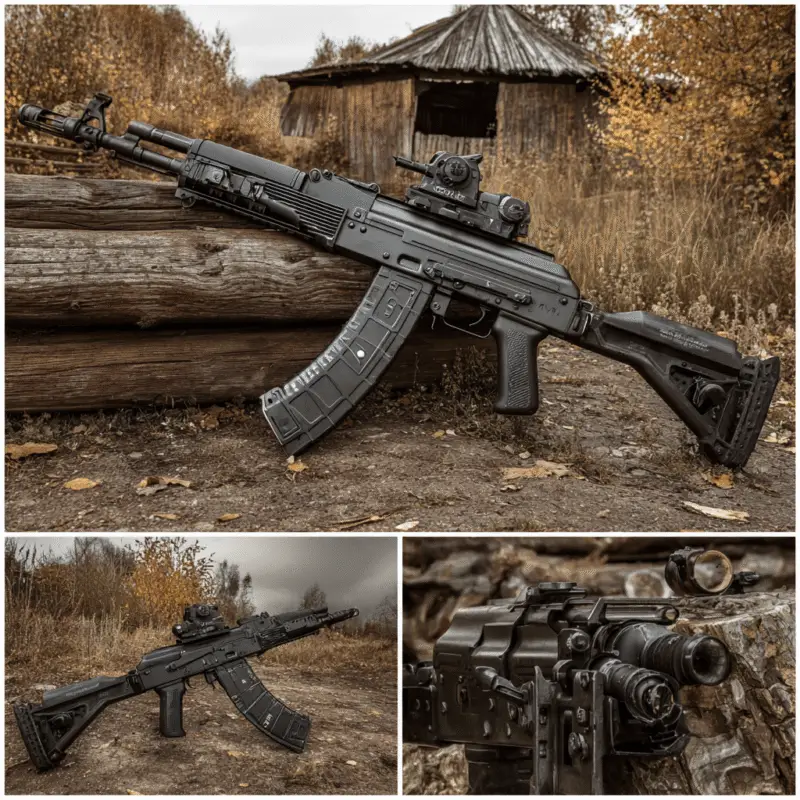Blog
The First Encounter with the KUSA KP9 Magazine

The first time I saw a Kalashnikov KP9 Magazine, it wasn’t on a flashy advertisement or a gun store shelf—it was in the hands of a close friend who had just returned from a training course. He knew I had an appreciation for well-built firearms and, more importantly, a love for the history behind them.
“Take a look at this,” he said, carefully placing the sleek black rifle on the workbench. “It’s a KUSA KP9 Magazine—made right here in the United States.”
I’d read about it in passing but never held one. The smooth lines and compact build immediately reminded me of its Russian predecessor, the Vityaz KP9, a submachine gun that earned respect for reliability and adaptability. But this was no imported collectible—this was an American-built firearm crafted by Kalashnikov USA, designed for shooters here who wanted the same rugged dependability without the complexities of import restrictions.
The first thing I noticed was the magazine.
A 30-round KP9 magazine, polymer and sturdy, locked in with a satisfying click.

It felt different from the AR-style rifles I was accustomed to. This wasn’t just another rifle—it carried with it the DNA of the Kalashnikov design philosophy: simplicity, resilience, and ease of use under pressure.
I spent a good while handling it before even firing a round. The ergonomics were spot on, and the folding stock locked into place with authority. When I finally took it out to the range, I understood instantly why shooters were falling in love with it.
The recoil was minimal, the accuracy at short to mid-range was impressive, and, above all, the firearm felt alive—responsive in a way that cheaper knock-offs never could be. The Kalashnikov KR9 was no gimmick. It was the real thing, born from the same heritage as the legendary AK platform but refined for modern shooters.
Over coffee afterward, my friend explained the backstory. Kalashnikov USA KR9 wasn’t just another clone. It was built in Florida by American hands, using domestic manufacturing standards, and yet it carried the spirit of the Vityaz KP9 from Russia. For shooters like us—who valued not just performance but also heritage—it was the perfect bridge between two worlds.
I couldn’t stop thinking about it. Over the next few weeks, I dove into research, learning about the differences between the KUSA KR9 and its sibling, the KUSA KP9, chambered for 9mm but inspired by the same Vityaz lineage. The KP9 magazine had its own reputation, known for durability, while the KR9 magazine seemed to be built with the same philosophy in mind: reliable feeding under any condition.
One evening, I stumbled across a video comparing the Kalashnikov KP9 to the Kalashnikov USA KR9, and I found myself pausing to admire how American manufacturers had preserved the Russian soul of the firearm while adding their own touch. The more I learned, the clearer it became: this was a platform worth investing in, not just because of its performance, but because of its story.
Firearms enthusiasts often talk about “character” in rifles and pistols. Some guns are sterile—accurate, reliable, but devoid of personality. The KR9 wasn’t one of those. It had character built into every rivet and curve. It was the kind of firearm that connected you to history while reminding you that innovation was still alive and well on American soil.
By the time I held that rifle again, I knew it was no longer just curiosity. I wanted one for myself. Not just to shoot, but to experience the blend of heritage and craftsmanship that the Kalashnikov KR9 represented.
What struck me most, though, wasn’t just the firearm—it was the KR9 magazine itself. In a world where magazines are often treated as afterthoughts, this one stood out as integral to the platform. Built tough, feeding smoothly, and engineered for abuse, it was proof that Kalashnikov’s design principles hadn’t been lost in translation.
That night, as I cleaned my own rifles and thought about what to add to my collection, I realized this was the start of a new chapter in my shooting journey. The KUSA KR9 wasn’t just another firearm—it was a symbol of how tradition and innovation could meet in the middle, and how the backbone of a weapon could be just as important as its performance at the range.
And with that realization, I began planning not just to acquire the rifle, but to dig deeper into its world—the people who built it, the heritage it carried, and the reasons why the Kalashnikov KR9, its sibling KUSA KP9, and their magazines were making waves in the firearms community.
This was more than ownership. This was about discovering why a rifle like this mattered.
